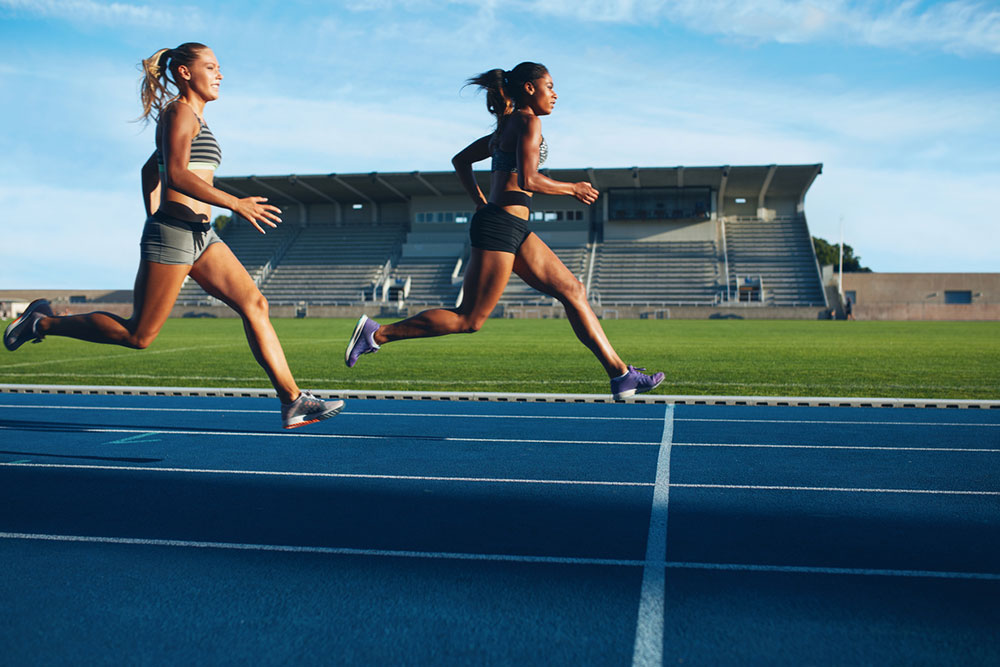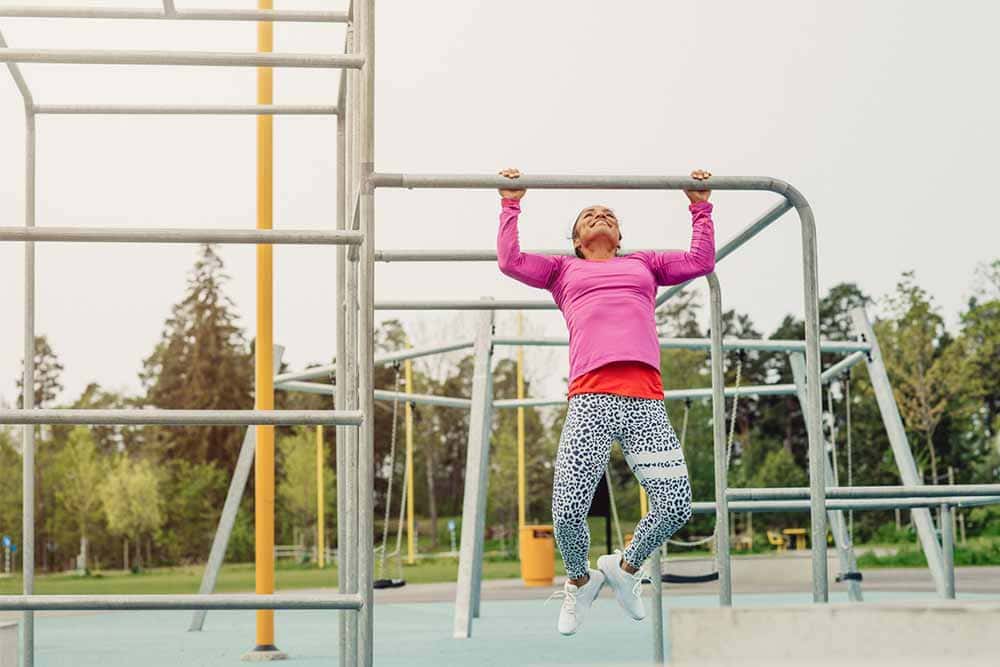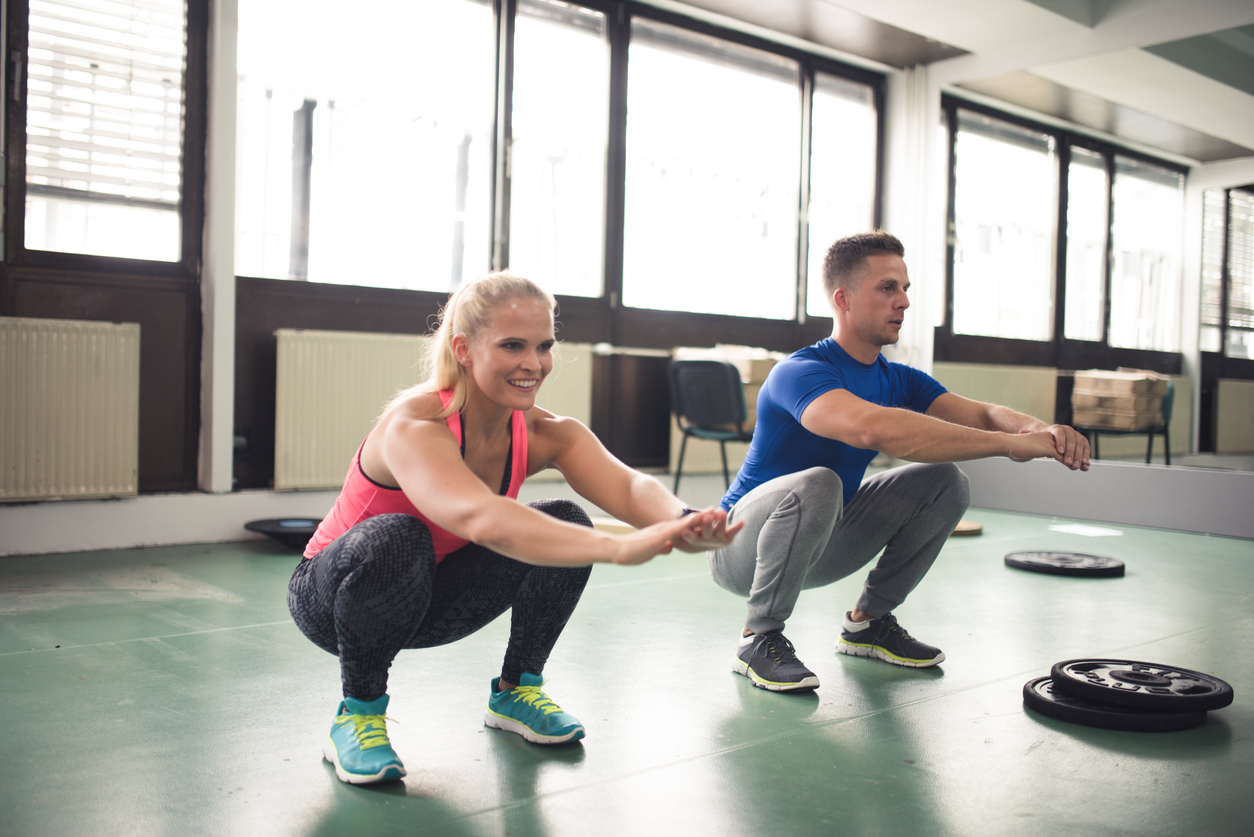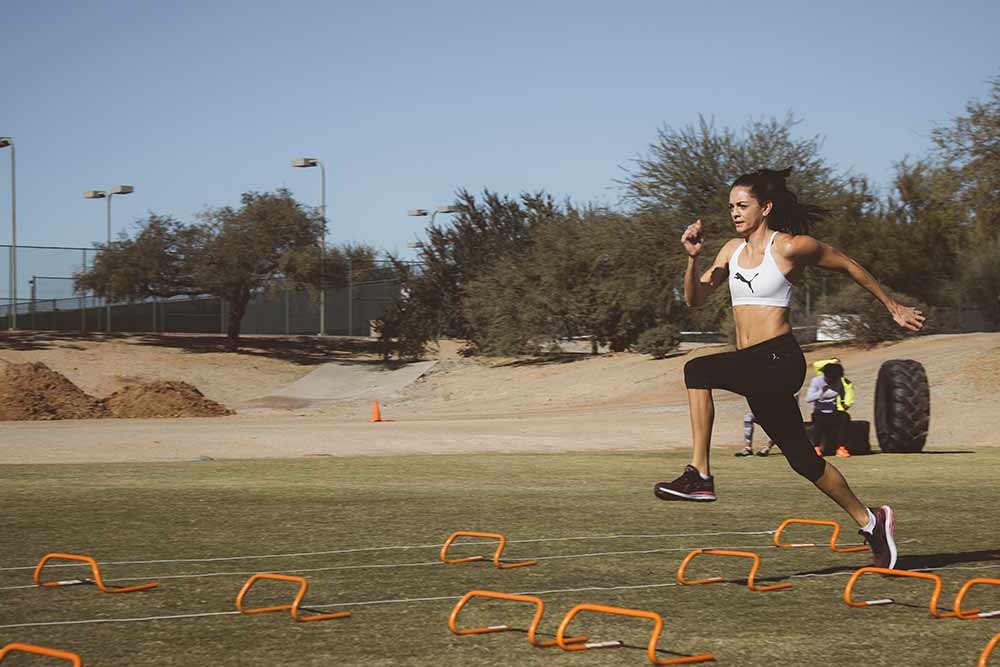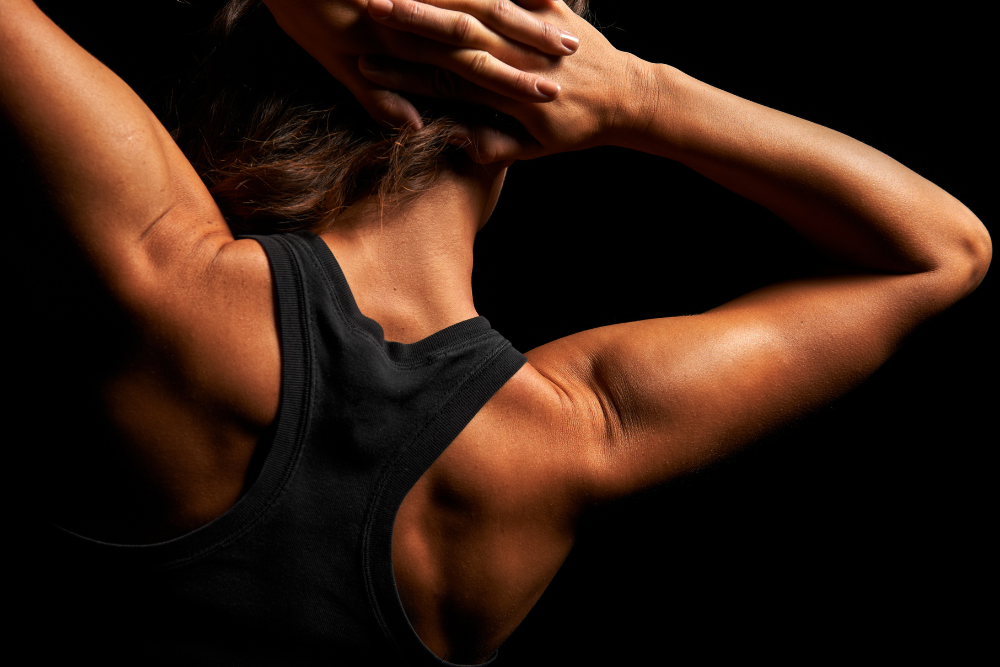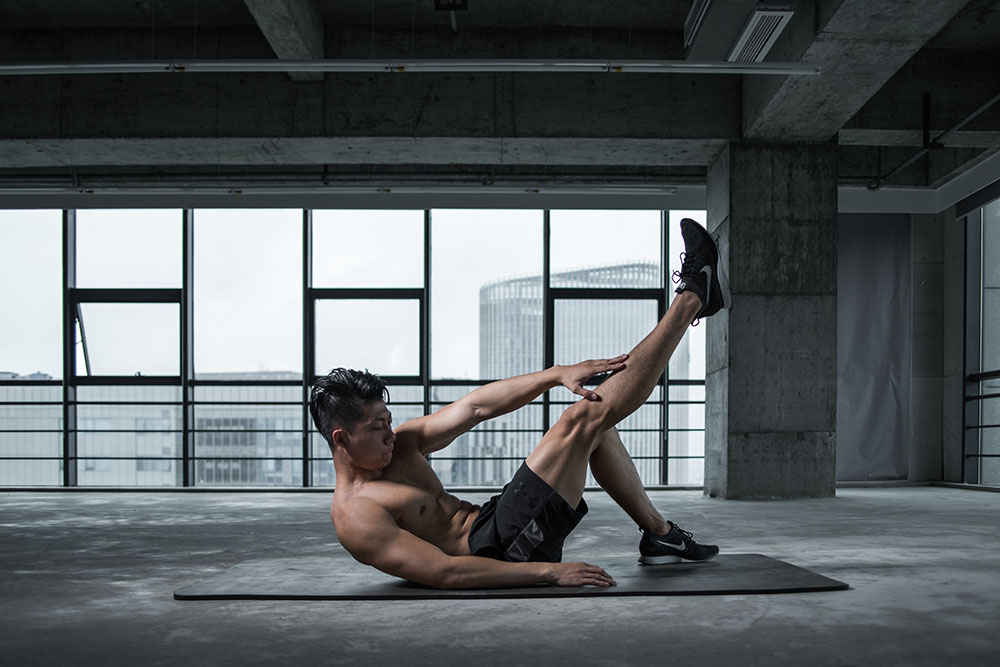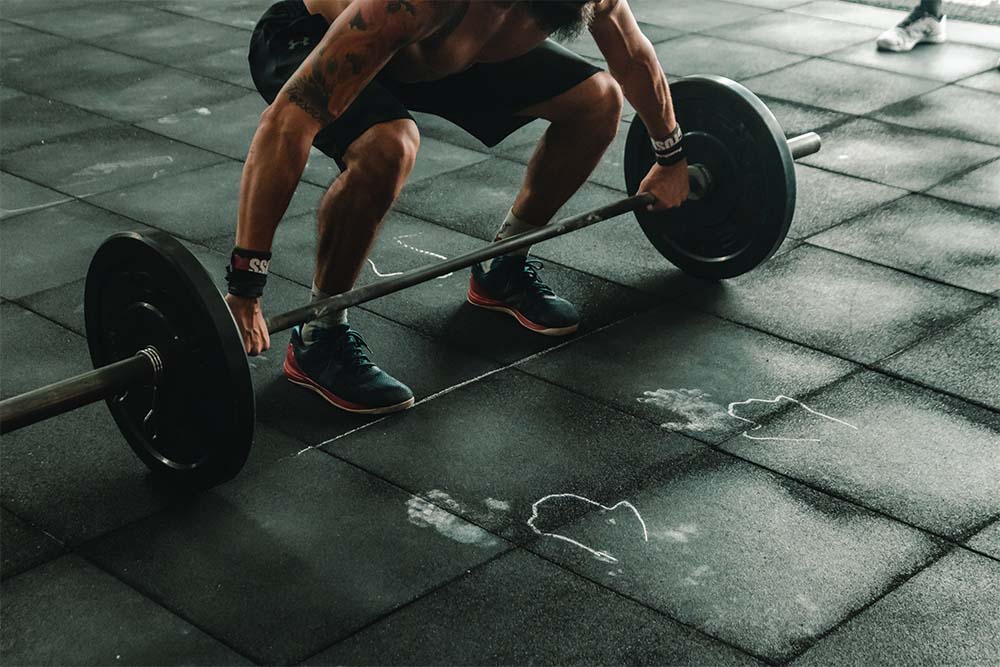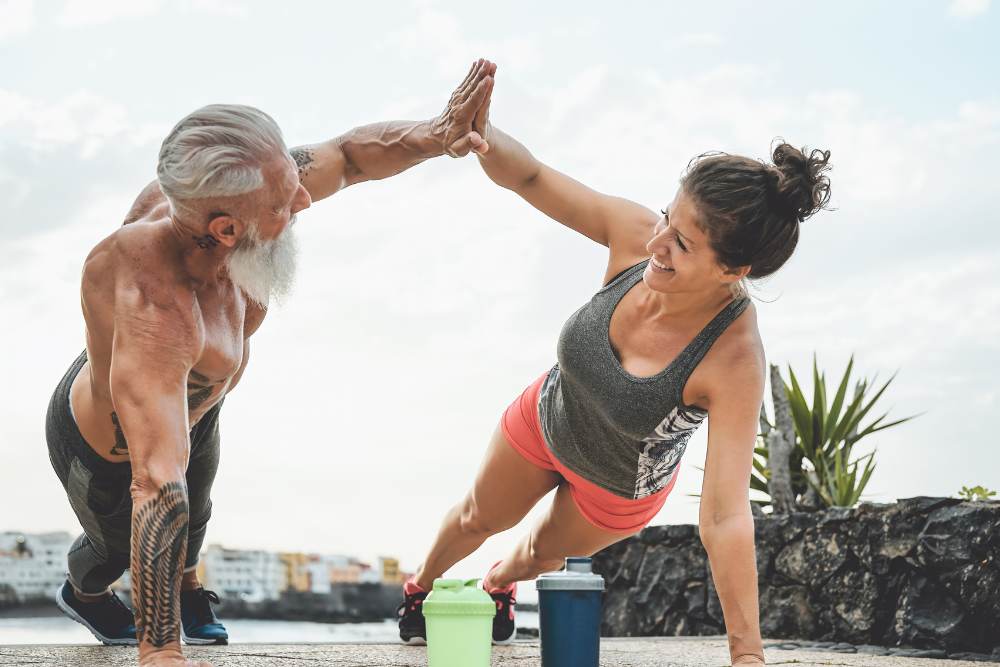The Predictors of Longevity You Need to Care About
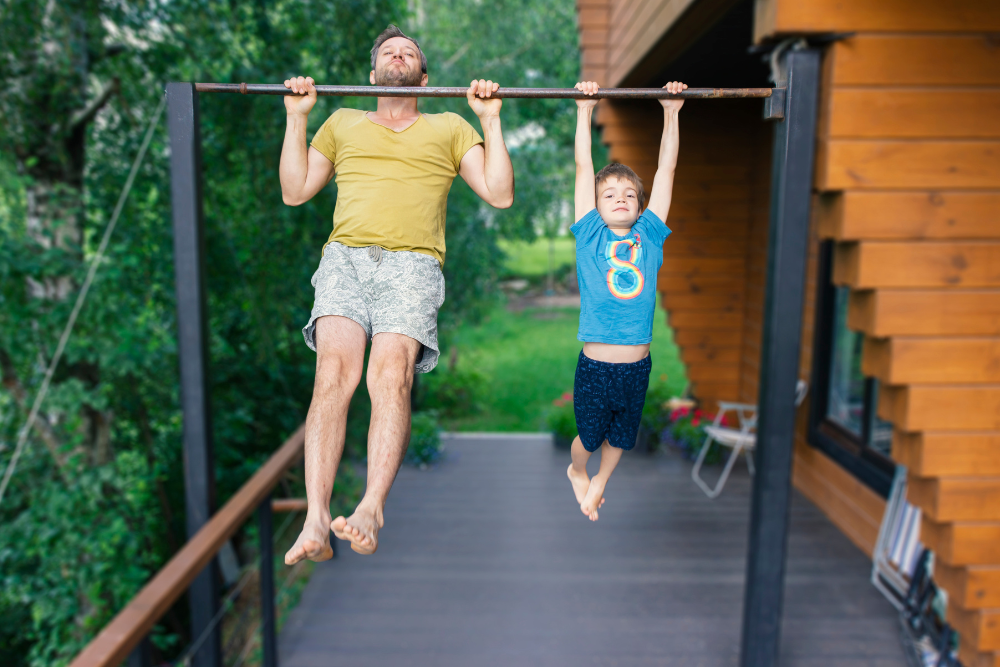
Living a long and healthy life is a universal aspiration, and with the publication of Peter Aittia’s new book “Outlive”, it has never been a bigger focus.
With this has come the realisation that, while genetics do play a significant role in determining your life expectancy, there are other factors within your control that can literally add years to your life.
For example, there is a large body of evidence indicating that things like regular exercise, a healthy diet, stress management, and social connections can increase your lifespan and contribute to a long and healthy life.
However, recently researchers across the globe have spent their time identifying specific predictors of longevity that are particularly important to keep track of, and if needed, improve upon.
In this article we will explore six of the most important predictors of longevity and outline what you can do to improve upon on them.
Maximal oxygen uptake (VO2max)
Maximal oxygen uptake (or VO2max for short) describes the maximum amount of oxygen that a person can use during exercise, and is one of the most important indicators of cardiovascular fitness and endurance.
In short, the higher the VO2max, the more effectively your heart and lungs can shuttle oxygen around the body where it is needed. Several research studies have shown that VO2max is one of the strongest predictors of longevity. In fact, having a higher high VO2max has shown associations with reduced risk of chronic diseases such as heart disease, diabetes, and some forms of cancer. Most importantly, having a higher VO2max has also been shown to correlate with a lower risk of early death [1].
Grip Strength
Grip strength is exactly what it sounds like – a measure of how much force a person can generate with the muscles of their hands when they grip something.
While this may sound like a somewhat innocuous measure, in the general population it is strongly correlated with measures of whole-body muscle strength. Consequently, those with lower grip strength are known to be at a higher risk of having functional impairments that impact upon your ability to manage daily life effectively.
With this in mind, low grip strength has been linked to a higher risk of all-cause mortality, cardiovascular disease, and disability [2]. Importantly, it has also been shown to decline with age, making it a particularly important predictor of longevity as you get older.
Related Article: Grip Strength Is An Indicator of Whole Body Strength
Leg Strength
Like grip strength, leg strength is another known predictor of longevity that is particularly relevant as we get older.
In essence, strong leg muscles are essential for maintaining mobility, balance, and independence as we age. If your leg muscle strength declines, your ability to get around on a daily basis simply becomes harder.
It is for this reason research has shown that low leg strength is associated with a higher risk of falls, disability, and premature death [3]. In fact, one study even suggested that older adults with poor sit to stand performance (a measure of leg strength) were five times more likely to die prematurely than those with good sit to stand performance, providing a demonstration of how important this factor really is [4].
Balance
While most people know that balance is important, it is often-overlooked as a predictor of longevity – which is a shame, because it is important.
Having a high degree of balance is essential for maintaining mobility as you get older, while also playing an important role in preventing falls. As such, poor balance has been linked to a higher risk of bone fractures (through trips and falling), disability, and mortality [5].
Fortunately, like many of the predictors on this list, balance can be improved with regular exercise and training.
Muscle Mass
While there is a clear link between healthspan and muscle strength, its link with muscle mass is slightly less clear.
But that doesn’t make it any less important.
Loss of muscle mass (clinically known as sarcopenia) is a common age-related condition that occurs with general life related inactivity. It has shown associations with chronic diseases such as diabetes and heart disease, and is linked to excess frailty, disability, and a higher risk of mortality.
As such, maintaining a high degree of muscle mass through regular exercise and proper nutrition is essential for maintaining mobility, independence, and overall health across the lifespan [6].
Muscular Power
Finally, we have muscular power. Muscular strength can be considered the maximal amount of force that you can produce, whereas muscular power can be considered the ability to generate that force quickly.
Studies have shown that low muscular power may be even more important than muscular strength when it comes to reducing your risk of falls and minimising the risk of frailty and disability that comes with aging. It has also shown similar associations with early death [7].
It is important to note that while strength and power do go hand-in-hand, they are developed and improved upon a little differently – and as such deserve their own focus when it comes to maximising longevity.
Which brings us to our next section quite nicely…
Improving Your Predictors of Longevity
Now that we have explored the six key predictors of longevity, let’s discuss how you can improve them.
Aerobic Exercise
Aerobic exercise is essential for improving VO2max and overall cardiovascular health. If your goal is to maximise health and longevity, you should aim for at least 150 minutes of moderate-intensity aerobic exercise, or at least 75 minutes of vigorous-intensity aerobic exercise, per week.
The good thing about this particular type of exercise is that you can choose the mode that suits your likes and needs – so walking, running, cycling, swimming, and rowing are all going to be effective. Additionally, you can try and mix long-lower aerobic exercise with things like high intensity interval training to find what suits you best.
We personally like aiming for 2-3 lower intensity aerobic sessions per week, with 1-2 interval sessions per week.
Strength Training
Strength training is crucial for improving grip strength, leg strength, and muscle mass. You should aim for at least two strength training sessions per week.
These sessions should include exercises that target the lower body (such as squats, hip thrusts, and calf raises), the upper body (such as push ups, shoulder presses, and rows), and exercise that challenge your grip (such as deadlifts, chin ups, and farmers carries). As an added bonus, you can also include single leg strength exercises (such as split squats, lunges, and single leg deadlifts) to help improve balance.
Balance Training
Balance training plays an important role in improving balance and preventing falls. Some common modes of balance exercise include yoga, Pilates, and tai chi. However, balance can also be improved through balance-specific strength training (as mentioned above) and aerobic exercise such as running.
If you think balance is a particular area of need, including 1-2 session of balance specific training per week is likely a good idea.
Plyometric and Sprint Training
Plyometric training described a specific mode of exercise that focuses on improving muscular power through repeated, maximal intensity jumps. Some great plyometric exercises include tuck jumps, repeated broad jumps, and depth jumps.
Similarly, sprint training is another mode of power training that involves performing repeated, maximal effort sprints, with adequate rest in between sprints.
Plyometric exercises and sprinting have both been shown to not only improve muscular power, but also to increase bone density and tendon health, which are important considerations as you get older.
Plyometric and sprint training can be performed 1-2 times per week before your strength training sessions to save time.
Proper Nutrition
Lastly, while not specific to exercise per se, proper nutrition is essential for facilitating recovery and adaption between training sessions.
This means eating high quality carbs around your workouts to fuel your training, aiming to get ~1.6 grams of protein per kilogram of body weight per day to maximise recovery, and to consume a variety of fruits and vegetables to meet all your vitamin and mineral requirements.
Tick these three boxes and you can be sure you are doing everything you can from a nutrition perspective to enhance your predictors of longevity.
Related Article: How Much Protein Should You Eat?
Final thoughts
In conclusion, while genetics do play a role in determining life expectancy, there are factors within your control that can contribute to a long and healthy life.
In this article we have identified six important predictors of longevity: VO2max, grip strength, leg strength, balance, muscle mass, and muscular power. These predictors are particularly important as we age, as they can help maintain mobility, balance, and independence.
Regular exercise and proper nutrition can help improve these predictors and maximize longevity. By following the tips in this article, you can improve these predictors and increase your chances of living a long and healthy life.
References:
Clausen, Johan SR, et al. “Midlife cardiorespiratory fitness and the long-term risk of mortality: 46 years of follow-up.” Journal of the American College of Cardiology 72.9 (2018): 987-995.
Bohannon, Richard W. “Grip strength: an indispensable biomarker for older adults.” Clinical interventions in aging (2019): 1681-1691.
García-Hermoso, Antonio, et al. “Muscular strength as a predictor of all-cause mortality in an apparently healthy population: a systematic review and meta-analysis of data from approximately 2 million men and women.” Archives of physical medicine and rehabilitation 99.10 (2018): 2100-2113.
De Brito, Leonardo Barbosa Barreto, et al. “Ability to sit and rise from the floor as a predictor of all-cause mortality.” European journal of preventive cardiology 21.7 (2014): 892-898
Cao, Chao, et al. “Association of balance function with all-cause and cause-specific mortality among US adults.” JAMA Otolaryngology–Head & Neck Surgery 147.5 (2021): 460-468.
de Santana, Felipe M., et al. “Low muscle mass in older adults and mortality: a systematic review and meta-analysis.” Experimental gerontology 152 (2021): 111461.
Losa-Reyna, Jose, et al. “Impact of relative muscle power on hospitalization and all-cause mortality in older adults.” The Journals of Gerontology: Series A 77.4 (2022): 781-789.
You Might Like:

